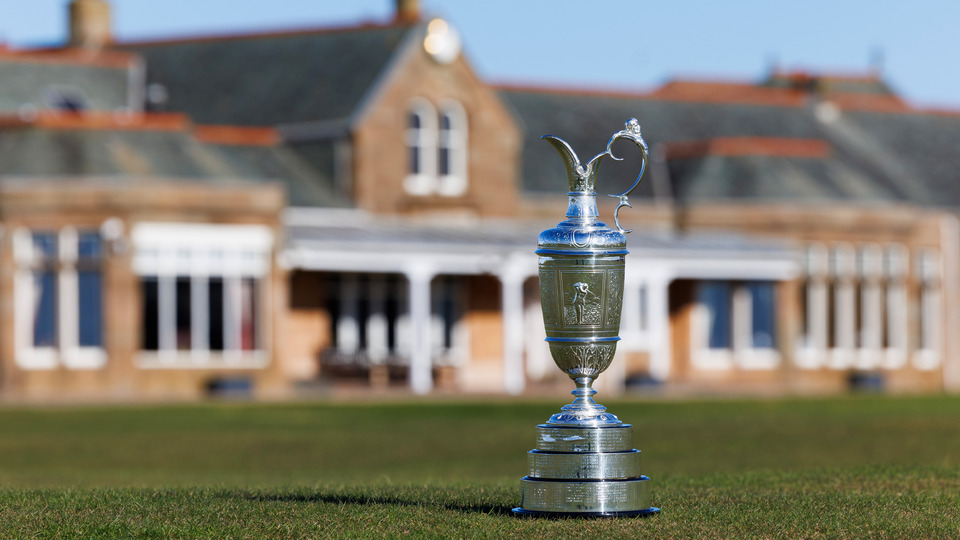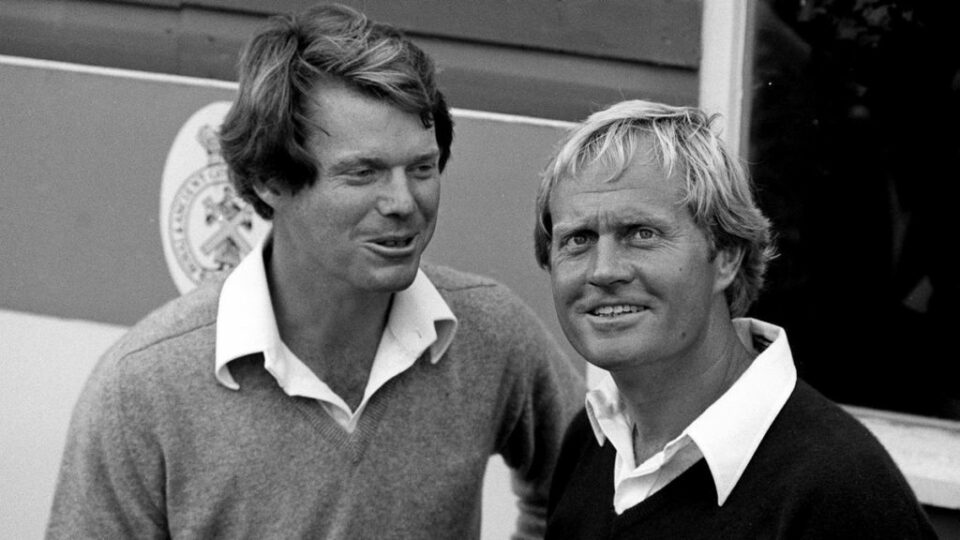This year's PGA Championship is no longer in its traditional time frame in August but now in May and comes to America's most noted taxpayer-owned facility -- Bethpage State Park. The Long Island, New York layout is a 90-hole mega complex featuring courses itemized by color with the most challenging of the group being aptly named the Black Course.

Upon reaching the 1st teeing area you are greeted by a most unusual but ever candid sign. How many courses do you know have a "warning" sign indicating what lies ahead? While the fear fact may cause hapless golfers to shake in one's golf shoes -- the demands faced by the world's best players will be no less a combination of mental and physical tension escalating as the event unfolds.
Let’s do this. pic.twitter.com/gFYnivcECf
— Rich Beem (@beemerpga) May 13, 2019
The May time frame will clearly impact how the course plays. A wet spring in the New York metropolitan area will mean a green course but one playing to its fullest length with dense rough awaiting those who misfire. The 7,400+ yard layout will play every inch of its yardage but the softer conditions may actually promote lower score opportunities. PGA Championship point man Kerry Haigh has the responsibility for the event's set-up and will likely follow a pattern he has shown at previous PGA Championship sites -- an appropriate balancing act for scoring and penalties.
The Black is no stranger to top tier competition having been the first taxpayer-owned facility to host the 2002 US Open and having the same event return seven years later in 2009. The initial winner was Tiger Woods -- the only man able to finish the event under-par for 72 holes. Bethpage has also hosted The Northern Trust event on the PGA Tour twice and in 2024 will be the host site for The Ryder Cup Matches.
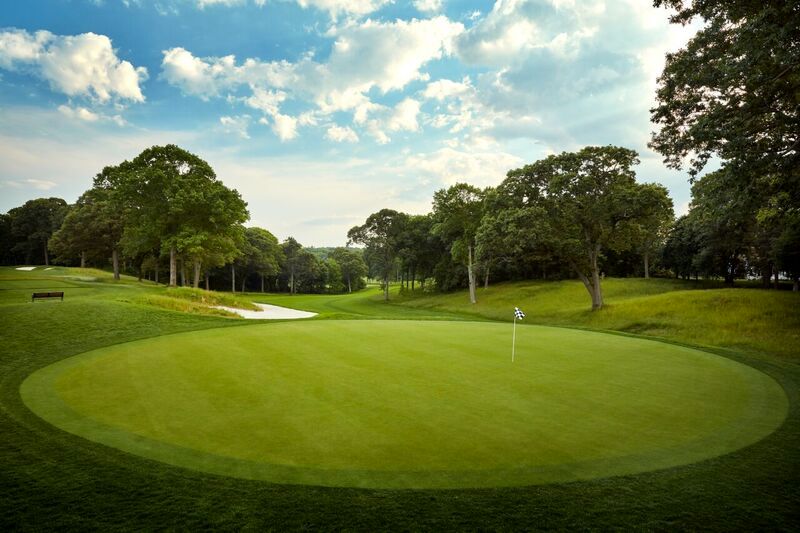
How will the course fare with a new time frame? Once again a distinguished group of practicing architects have been assembled -- weighing in on how they see matters unfolding. With Tiger Woods claiming his first major in nearly 11 years at Augusta just a few weeks ago the fanfare will clearly be riveting to see if he can repeat what he did in 2002. There's no question the competition will be keen to show otherwise.
Bethpage Black is once again back and the world will certainly be watching this next chapter of golf on one of the most fascinating of locations on the globe -- Long island.

***
When you hear the words Bethpage Black what's the first thing that comes to mind?
JONES: A great test of golf that is appreciated by all golfers. A fair, demanding examination of the elite player’s golf skills.
MANDELL: Topography and great routing. For the longest time, Bethpage Black was my favorite golf course primarily because of the routing. There isn't a weak hole out there with the way the topography flows. Much of the bunkering cuts into natural rises to create great strategy.The Black Course is a great example of how the topography directly creates strategy on almost every hole.
RICHARDSON: Brings back memories of my round there. It was a shotgun and I started out on the 14th making par, then proceeded to remain at just a few over through most of the front nine. Then the wheels came off. The course gets especially tough on the early part of the back nine.
KAY: A great risk and reward course with massive bunkers and just plain beautiful. One of my top five courses ever played.
WHITTEN: The refusal of steadfast A.W. Tillinghast fans to accept the clear, documented facts that Tillinghast was a design consultant on the job and Joseph Burbeck was the architect of record.
There's only one par-4 under 400 yards at the Black -- the 2nd. Is it fair to say the course is really a muscle layout with little in terms of world class finesse holes?
RICHARDSON: Without doubt, when the tees are way back, the Black demands length. I would not go so far as to say it lacks finesse, but the great William Flynn adage of what makes a great golf course “Accuracy, carry and length,” is re-ordered at the Black.
KAY: No -- it's not just long golf holes. You must have tremendous finesse with your short game to score well.
WHITTEN: First, the second hole is going to play longer than its yardage because most will use less than driver off the tee in order to be able to see the flag on their second shots. Second, if by "finesse" you mean working the ball both ways, I think Bethpage Black does have a number of holes that demand players work the ball - holes like 5, 6, 8, 11, 15, 17 and 18.
MANDELL: As I mentioned above, Bethpage Black used to be my favorite but since it started hosting major events, it lost its prominence to me. It is mostly due to setup with narrow fairways and those great bunkers splayed out in the rough, far from the fairways. Now that was about seven years ago when I played it last. It looks like they have once again widened the fairways to at least incorporate the bunkers in the right way. Nonetheless, there are still ribbon fairways 25 yards wide that don't have the character the topography could offer.
At this point, I may agree that it is a muscle course and may have always been, going back to when I first played there in 1987. My fondness for Bethpage is rooted in the topography and fairway bunker locations (but with wider fairways reflecting their surroundings). The greens are pretty simple to balance the brute strength required to get from tee to green.
I used to describe my day at Bethpage as six hours in the car in rush-hour traffic, three more hours trying to get out, a six-hour round and a six-some by fifteen tee, lose ten balls and shoot ten over your handicap as a wonderful experience so what do I know? That is how good the property is. Finesse - another story.
JONES: I don’t think that’s necessarily true. Bethpage Black has a great ebb and flow with some holes that require finesse, others that benefit power and most that reward both.
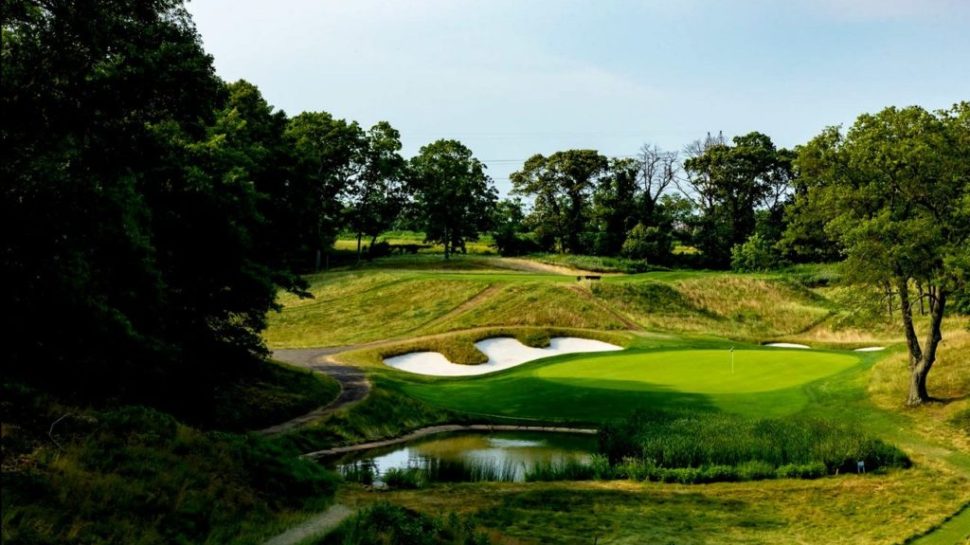
The best designed hole on the Black Course is what?
MANDELL: The 4th because of how it lays on the ground with the cross bunkers set into the natural ridges. I am fond of the 6th as well.
WHITTEN: The par-4 5th. Fits beautifully into a natural valley with a perched green. The scrubland bunker that should / must be carried off the tee is stunning.
JONES: There is no best designed hole on the golf course, but over the years the 5th hole is the most talked about. The fairway bunker suggests alternate routes of play, but positioning the tee shot to the right allows for a clear shot to the elevated and well protected green.
RICHARDSON: The 6th is one of my favorites. It’s really a great aesthetic. For the PGA I think you will see some heroic play to attain that short approach, but you will also see lay-ups. If the pin is near the edges, it will really make a difference what club is being hit to the hole.
KAY: The 5th hole. Maybe one of the best strategic risk and reward holes in golf.
If you had one revision to make to the Black Course where would you focus?
MANDELL: Give the fairways some character that matches the ground, but that won't fly for major championships. It is a shame New York State thinks people would rather play it in its "major" condition rather than what Tillinghast envisioned.
JONES: I would find a way to lengthen the Par-5 4th so the second shot would be as thought provoking as it was when Tillinghast designed it originally.
RICHARDSON: Reword the iconic sign about it being “extremely difficult,” changing it to mandate that players play from “appropriate tees.” I would then add many more tees to accommodate players of all types and abilities.
KAY: The 18th.I think it's maybe the weakest hole and visually looks somewhat different than the rest of the golf course.
WHITTEN: I'd lengthen the par-5 4th making it a more legitimate par 5 for good players. That would require a tee somewhere behind the 3rd green, which would make it more of a dogleg hole and probably not off an elevated tee anymore.
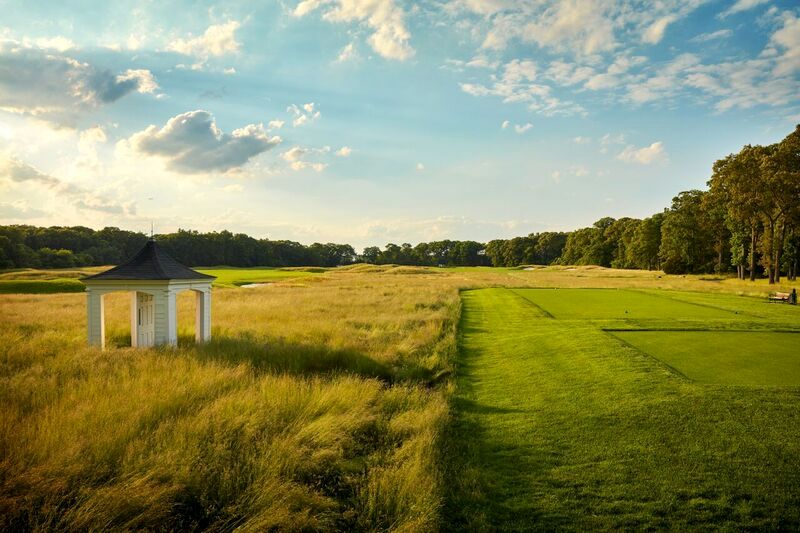
The closing hole at the Black Course has been renovated / remodeled over the years -- but is often panned as a non-descript closer. What's your take and if you had a recommendation for change what would you suggest?
RICHARDSON: It’s a great look playing back toward the clubhouse, and the bunkering has added to the eye candy. It’s a way to get back home, probably not much of a factor when the format of the day was match play. If you don’t like it, change the format to match play and we’ll see less of it.
KAY: The hole should be either a driveable par-4 with a massive deep bunker in front of the green, or a 500-yard par-4 with the green where the tee for the 1st hole of the Red Course is located.
MANDELL: It is a typical U.S. Open hole from the eighties and nineties with a demand for accuracy. The bunkers are almost inconsequential to the professional, who can lay up and leave 180 yards to the green or blow it 310 yards past and hit wedge. The green is just a shade less than 5,000 square feet - not such a small target for any club the pros may choose.
JONES: Last winter, we redesigned portions of the fairway bunker complex and created a slightly wider and more uniform fairway width throughout the landing zone, in order to encourage golfers to use a driver or 3-wood off the tee, while facing similar risks.
WHITTEN: The game is full of short finishing holes meant to be potential birdies, especially in old match-play days. Think of the 18th at Olympic, Inverness, Prairie Dunes. Nothing wrong with a short 4 as a closer for Bethpage Black. I like that Rees Jones widened out the fairway this time around, to prod golfers into using driver off the tee instead of laying up. If the lead in the PGA Championship is bunched late in the final round, someone will win or lose it on this hole.
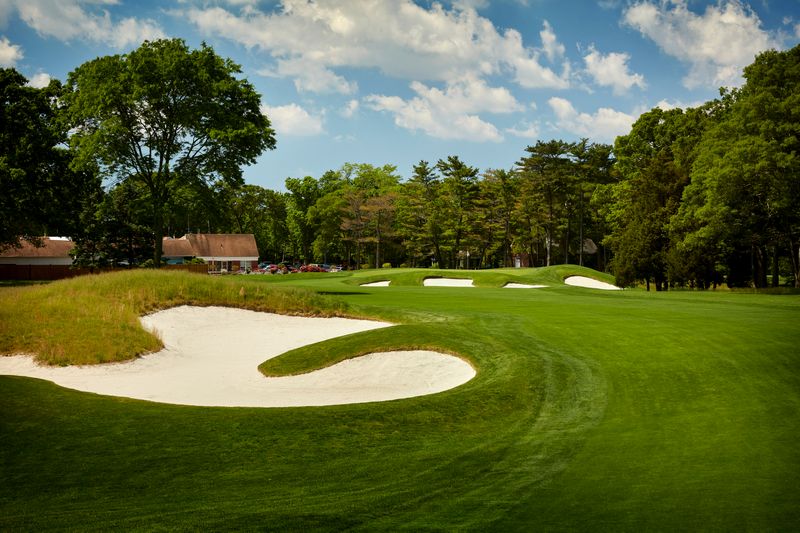
The PGA Championship decided to have its flagship event moved from the traditional time frame of August to May. Is there anything significant from an architectural perspective that can impact the event because of the new calendar position?
JONES: The course will play much the same as it did for the 2002 US Open.The turf is in great condition so the greens will be firm and fast and the fairways tightly mowed with no fear of turf damage.The fescue and native grasses in the outer rough won’t be as brown, wispy and high; however, the bluestem and broom sedge in those areas will create a color and texture contrast providing interesting visual definition and aesthetic appeal.
MANDELL: I am not sure there is much architecturally other than it will be colder in May and so the ball may not fly as far if it was in the thick June humidity of Long Island. The rough won't be burned out in May as well, which could be a problem.
RICHARDSON: I think it’s good for golf -- keeps the momentum going early in the golf season. That’s good for television ratings, and hopefully it will keep people interested in golf and tournament play following the Masters.
WHITTEN: We'll get a better idea once Oak Hill in Rochester hosts the 2023 PGA. A late winter could hamper grass growth so far north. I do believe we'll see more southern venues hosting PGA Championships, and the PGA of America has already indicated that by awarding its 2027 & 2034 championship to its new PGA Frisco site despite the fact no course yet exists. But other than The Ocean Course and Southern Hills, there aren't other southern venues yet on the roster.
KAY: The turf types in the north are aggressively growing in May -- hence the rough will be denser than when PGA Championships were played in August.
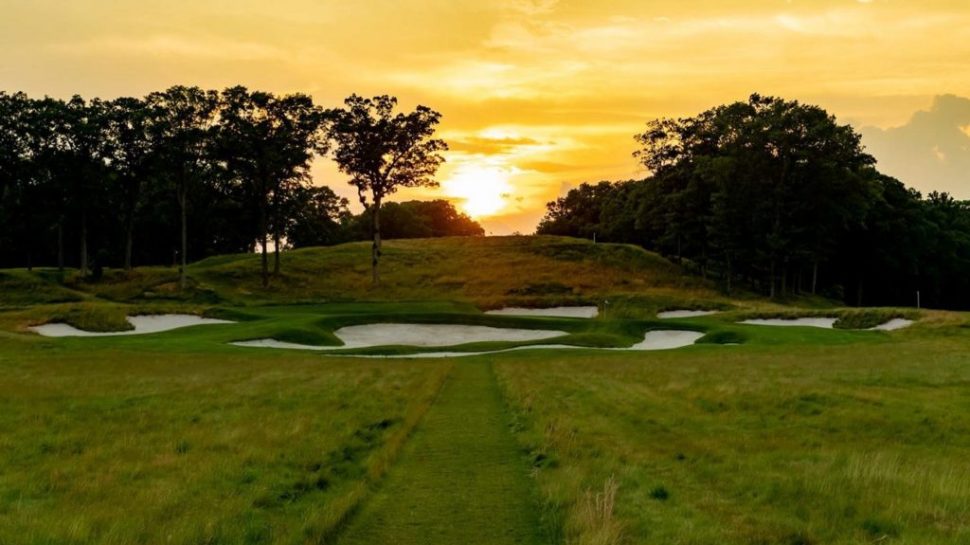
A number of elements at the Black Course resemble the illustrious Pine Valley in New Jersey. Specifically, the massive Sahara bunker on the par-5 7th at the Black resembles "hell's half-acre" at Pine Valley's par-5 7th. And that the 8th at the Black is a near clone of the similar downhill par-3 15th at Pine Valley. What's your take on this?
RICHARDSON: No doubt Bethpage has holes inspired by those we now hold as being worthy of duplication. Not only among the original holes, but it is seen in the Rees-era holes.
KAY: I actually take the large bunker on the 4th as Tilly's version of Pine Valley's "hell half acre." As for the downhill par-3 8th with water fronting the green, yes, it's very similar to Pine Valley's 15th and how it mentally challenges the golfer.
MANDELL: I'm not sure Bethpage Black was ever to be a scrub-like environment that Pine Valley originated from -- and still is -- back when it opened in 1913. The Black Course came about twenty-three years later at a time where manicured grass was a bit more accepted. And with a municipal course, I would venture to say, the State was probably thinking playability even back then. Early aerials I have seen have a lot of rough grass. Wide fairways, but grass in the rough, not scrubby sand. The bunker on seven was originally three bunkers in a row, nothing like what it is today nor what is at Pine Valley's seventh hole.
WHITTEN: Both Burbeck and Tillinghast admired Pine Valley. Tillinghast wrote that it was Burbeck's idea to make Bethpage Black as difficult a test as Pine Valley. It stands to reason broad expanses of sand would be a major part of that goal.
JONES: Bethpage Black was conceived by Tillinghast to be the public Pine Valley by using the natural sand to create a similar challenge. In addition to the holes you mentioned, the tee shot on the 5th appears to be the same design concept as the 16th hole at Pine Valley.

How do you think the overall presentation of the Black Course will be prepared by Kerry Haigh from the PGA of America versus what was done by the USGA during the Opens in '02 and '09?
JONES: Kerry Haigh has developed his own and highly successful method to set up a Championship golf course. As in 2002 the fairways remain narrow. The first cut of rough will be four feet wide, at a height of 1 ½ inches. The secondary rough will vary in width and be three to four inches high. For the 2009 US. Open the USGA implemented a “graduated rough” philosophy, which will not be the case this May.
WHITTEN: I don't expect the rough will be as severe this year as it was in 2002. In 2009, rainy conditions dictated everything. The greens are mostly flat enough that speeds will be equivalent to U.S. Open speeds of a decade ago, if not just a little bit faster, since they're likely to have cooler evenings and won't risk loss of turf quite as much as in hot, humid June. But the PGA has never been about protecting par. The winner of the PGA will likely average shooting 68 per round.
KAY: Assuming from past PGA Championships the rough will not be as brutal and I hope the fairways will be wider. When the fairways were so narrow in 2002 for the US Open it took away many of the strategic angles Tillinghast designed.
MANDELL: Traditionally, the PGA does set up for more aggressive play than the USGA so I do hope he does allow for wider fairways and more opportunity for birdies as opposed to a USGA brute with narrow fairways. Hopefully he will bring the bunkering back into play and not send them "out to pasture" buried in deep rough -- pun intended.
RICHARDSON: I hope the PGA does not set the course up at the far back tees on every hole, every day. That would be a shame. I go back to Flynn and his magic words. “Accuracy, carry and length” were ordered perfectly to describe the ideal course. Seeing some holes shortened to the point it causes players to think more. That would make for more interesting TV. It would also make me feel better to hear the pros are playing from at least four or five par-4s that begin with a “3”.
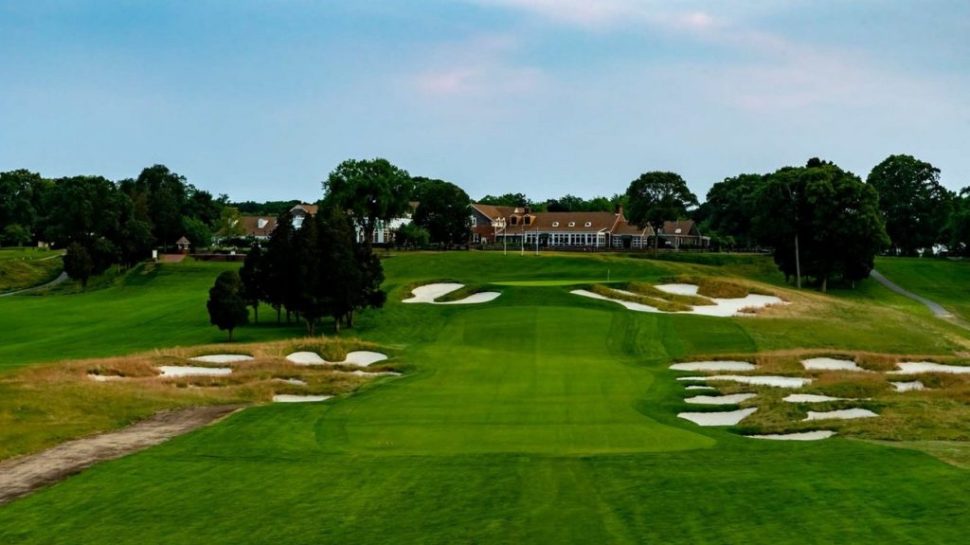
***
The participants
Rees Jones
Born into the game of golf, Jones grew up traveling with his family to golf courses all over the world and worked summers for his father, renowned golf course architect Robert Trent Jones. After college at Yale and graduate studies at Harvard, went to work in 1965 as a principal in Robert Trent Jones, Inc. In 1974, founded his own design firm -- Rees Jones, Inc.

Has designed or redesigned more than 225 golf courses in his career. Jones has earned the moniker, "The Open Doctor" for his redesign of courses in preparation for major championships including 7 U.S. Open venues, 9 PGA Championship courses, 6 Ryder Cup and 2 Walker Cup sites. Among his notable remodels, renovations and restorations are Bethpage State Park Black Course, Torrey Pines South Course and East Lake Golf Club. His awards include the ASGCA’s 2013 Donald Ross Award, the GCBAA’s 2014 Don Rossi Award, and the GCSAA’s 2004 Old Tom Morris Award.
Stephen Kay, ASGCA
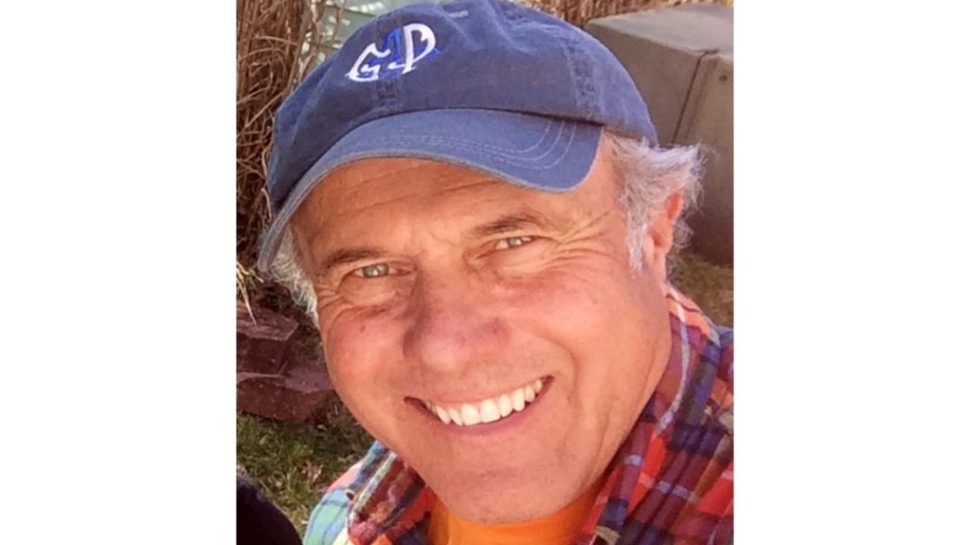
A member of the ASGCA since 1995, Kay has designed 20 new golf courses and done renovation work at over 250 courses. His work at Glenwood in NJ and Llanerch in Philadelphia were both voted a top 5 renovation in America. A few of his full creations include Architects Golf Club and Scotland Run in New Jersey; Links at Union Vale in New York; and the Links of North Dakota -- formerly a top 100 in USA by Golfweek. He has also played Bethpage Black over 50 times.
Richard Mandell, ASGCA
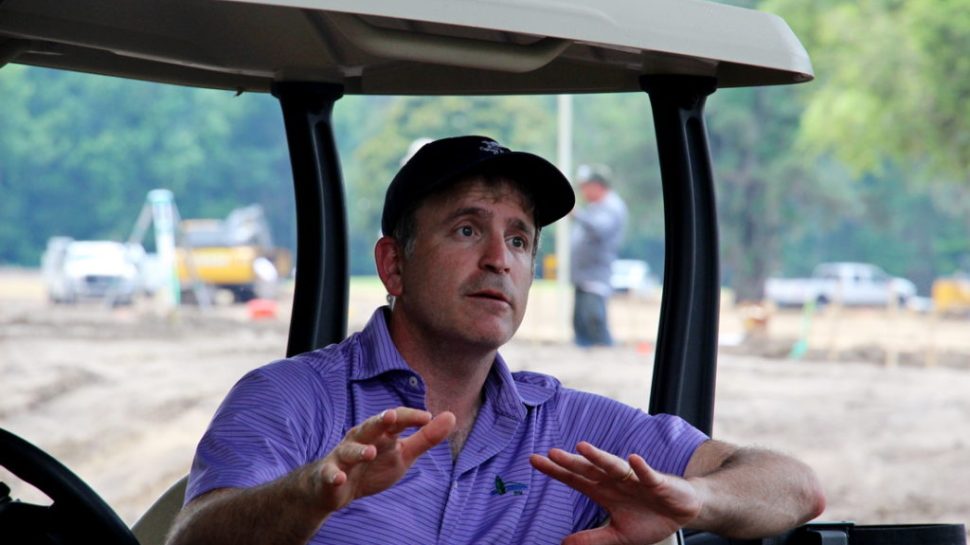
Among his private course restorations, Richard Mandell Golf Architecture has lately been busy at work renovating and building new public courses for clients such as the City of Savannah, Georgia, and Sarasota, Florida. Among former PGA Championship venues Richard has recently restored are Keller Golf Course outside St. Paul, Minnesota and the Tanglewood Championship Course in Winston-Salem, North Carolina in collaboration with Robert Trent Jones II.
Richard's brand new Braemar Golf Course is the first new municipal golf course built in the State of Minnesota in fifteen years and opens the same week of the PGA Championship this year.
Forrest Richardson, ASGCA

Forrest Richardson is a golf architect based in Phoenix. His work covers 30 years, 20 states and 8 countries, including resort, private club and daily fees. His restoration of Berkeley Country Club in California remains the only solo design of Robert Hunter.
Richardson has earned honors from Golf Digest, Golf Magazine and Golfweek. Two of his courses are included on Golfweek’s Top 25 Municipal Courses in the U.S. He is the author of five books on golf course architecture, including Routing the Golf Course and Bunkers, Pits & Other Hazards. He serves on the USGA Museum Committee.
Ron Whitten
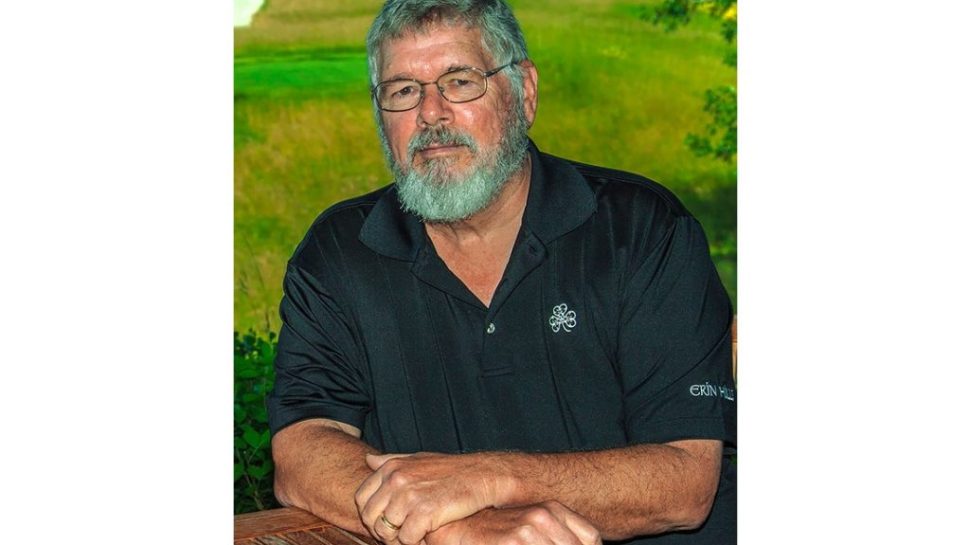
Architecture Editor for Golf Digest magazine since 1985. Currently collaborating on two course designs, one in Virginia, the other in California. Whitten lives with his wife, Lynn, in the Kansas City suburb of Lenexa, Kansas.

